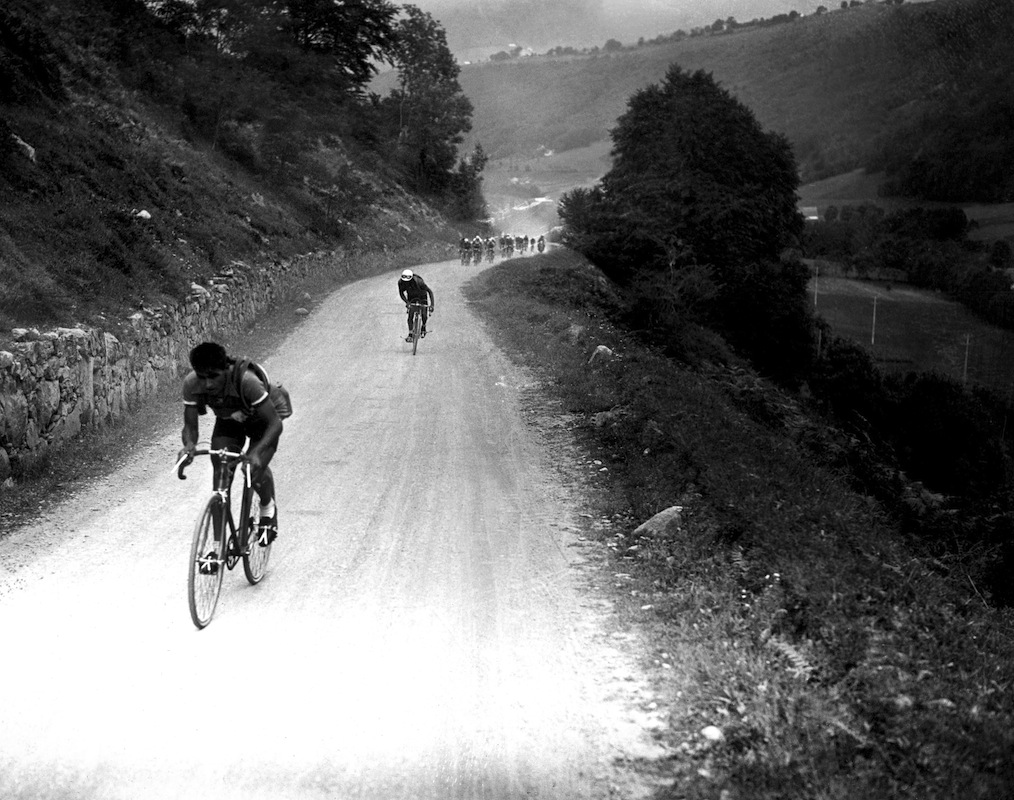
With Wednesday’s official announcement of the route for the 2015 Tour de France, the best cyclists in the world know exactly where they’ll be next July. They also know what they stand to win: there are about 2 million euros (about $2.6 million) at stake, with a €450,000 prize for the final winner and €22,500 for the winner of each stage (that’s about $576,000 and $28,800, respectively).
That’s considerably less than the prize pool available for the famously lucrative International Dota 2 video game championships, but it’s plenty to get excited about — especially compared to the money that used to be available for Tour de France winners.
When TIME first covered the world’s most famous cycling event, in 1934, only 60 competitors were entered (versus 198 today) and the stakes were much lower:
L’Auto, Paris sportpaper, founded the race in 1903 as a circuit of the Auvergne highlands, enlarged it by stages to its present scale. L’Auto foots the bills for meals & lodging, furnishes to each contestant his bicycle, as many tires as he can wear out, $2.64 per day for pin-money. This year publicity-seeking merchants have scraped up 800,000 francs ($52,800) for prizes. The winner of each of the 23 daily laps gets 1,.000 francs ($660).
Even accounting for inflation, that’s not much compared to today’s prizes: $52,800 in 1934 dollars is $937,207.88 today, according to the Bureau of Labor Statistics inflation calculator, and $660 is $11,715.10. That means the winner of each stage stands to make twice as much as he did 80 years ago, and the overall prize pot is nearly three times as big. And the prizes haven’t exactly climbed steadily: in 1954, TIME reported that the winner of each stage would take home a mere $570 (about $5,000 today).
At least 1934’s racers could afford a train ticket, if not necessarily first class. And, as TIME wrote in its coverage of the race, that was important: “One race was so swift and grim,” reported the magazine, “that after the finish a rider was reported to have bought a train ticket over the route so that he could inspect the scenery.”
Read more: A Brief History of the Tour de France
More Must-Reads From TIME
- The 100 Most Influential People of 2024
- Coco Gauff Is Playing for Herself Now
- Scenes From Pro-Palestinian Encampments Across U.S. Universities
- 6 Compliments That Land Every Time
- If You're Dating Right Now , You're Brave: Column
- The AI That Could Heal a Divided Internet
- Fallout Is a Brilliant Model for the Future of Video Game Adaptations
- Want Weekly Recs on What to Watch, Read, and More? Sign Up for Worth Your Time
Write to Lily Rothman at lily.rothman@time.com